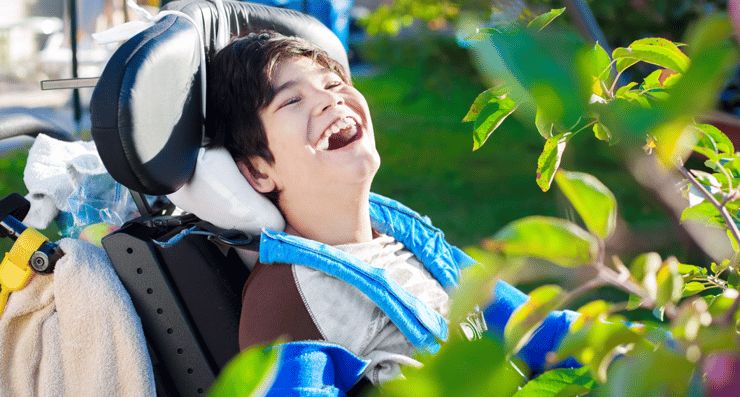• Parkinson's disease is a progressive and degenerative
4.png)

4.png)
movement disorder with primary motor symptoms.
Parkinson's disease results from degeneration of
dopamine-releasing neurons of the substantia nigra.
MOTOR SYMPTOMS
• The cardinal symptoms are:
• Tremor: maximal when the limb is at rest, and
decreased with voluntary movement.It is typically
unilateral at onset.
• Rigidity: stiffness; increased muscle tone. In
combination with a resting tremor, this produces
"cogwheel" rigidity when the limb is passively moved.
• Bradykinesia/akinesia: respectively, slowness or
absence of movement. Rapid, repetitive movements
produce a dysrhythmic and decremental loss of
amplitude. Also "dysdiadokinesia", which is the loss of
ability to perform rapid alternating movements
• Postural instability: failure of postural reflexes, which
leads to impaired balance and falls.
Other motor symptoms include:
Gait and posture disturbances:
– Shuffling: gait is characterized by short steps, with
feet barely leaving the ground, producing an audible
shuffling noise. Small obstacles tend to trip the patient
– Decreased arm swing: a form of bradykinesia
– Turning "en bloc": rather than the usual twisting of
the neck and trunk and pivoting on the toes, PD
patients keep their neck and trunk rigid, requiring
multiple small steps to accomplish a turn.
– Stooped, forward-flexed posture. In severe forms,
the head and upper shoulders may be bent at a right
angle relative to the trunk.
– Festination: a combination of stooped posture,
imbalance, and short steps. It leads to a gait that gets
progressively faster and faster, often ending in a fall.
– Gait freezing: "freezing" is another word for akinesia,
the inability to move. Gait freezing is characterized by
inability to move the feet, especially in tight, cluttered
spaces or when initiating gait.
– Dystonia (in about 20% of cases): abnormal,
sustained, painful twisting muscle contractions,
usually affecting the foot and ankle, characterized by
toe flexion and foot inversion, interfering with gait.
However, dystonia can be quite generalized, involving
a majority of skeletal muscles; such episodes are
acutely painful and completely disabling.
OTHER MOTOR SYMPTOMS:
Fatigue
Masked faces (a mask-like face also known as
hypomimia), with infrequent blinking
Difficulty rolling in bed or rising from a seated position;
Micrographia (small, cramped handwriting);
Impaired fine motor dexterity and motor coordination;
Impaired gross motor coordination;
Poverty of movement: overall loss of accessory
movements, such as decreased arm swing when
walking, as well as spontaneous movement.

SPEECH AND SWALLOWING DISTURBANCES:
• Hypophonia: soft speech. Speech quality tends to be
soft, hoarse, and monotonous. Festinating speech:
excessively rapid, soft, poorly-intelligible speech.
• Drooling: most likely caused by a weak, infrequent
swallow and stooped posture.
• Non-motor causes of speech/language disturbance in


